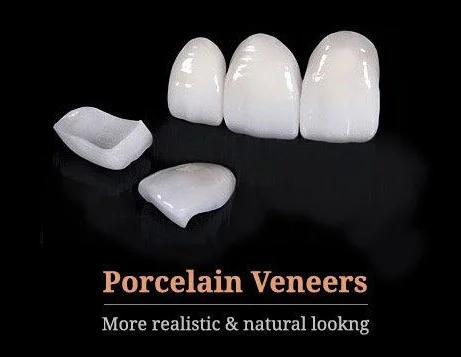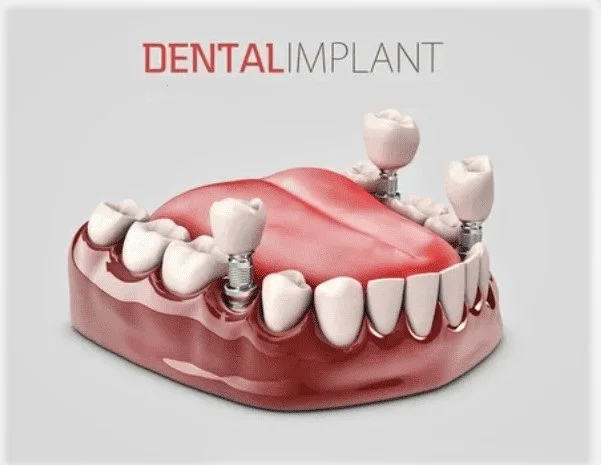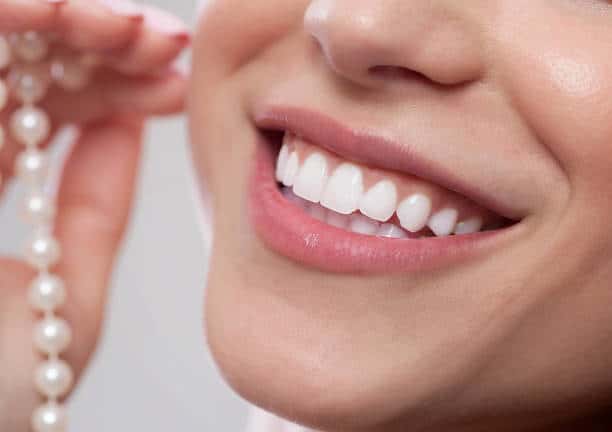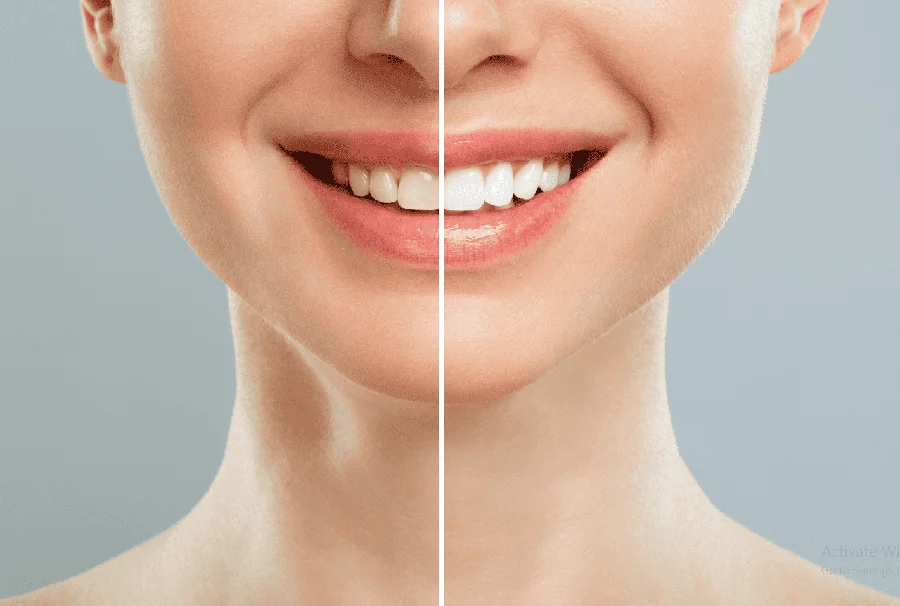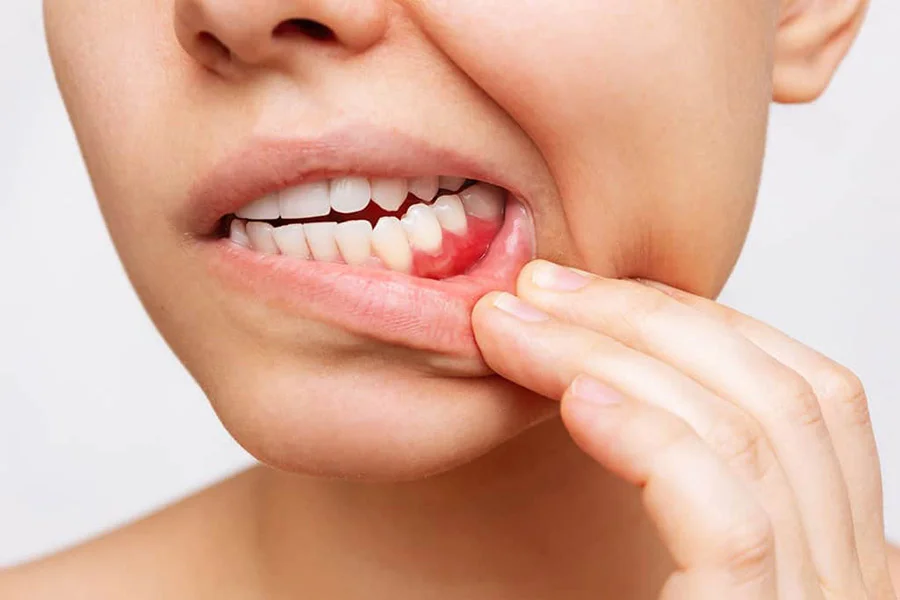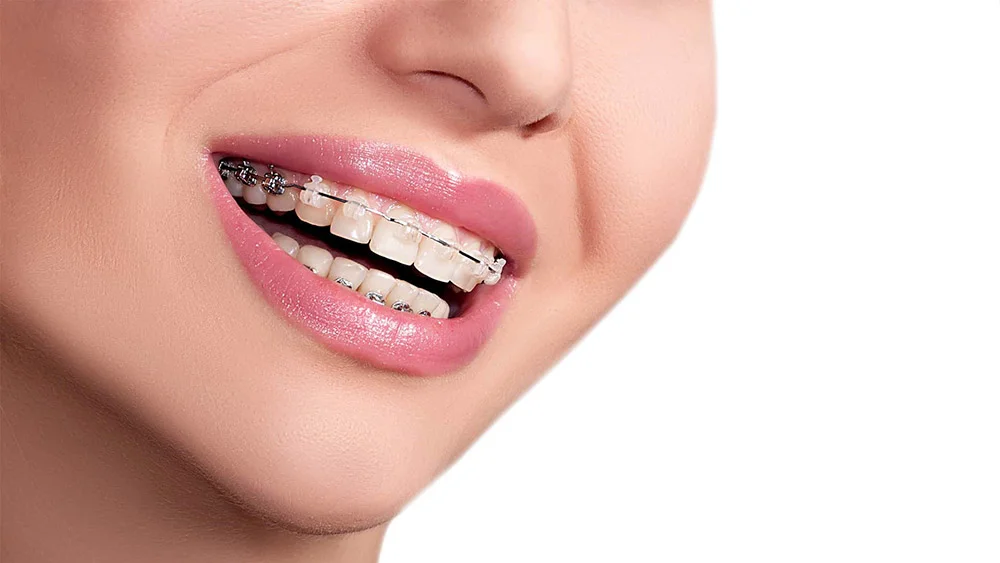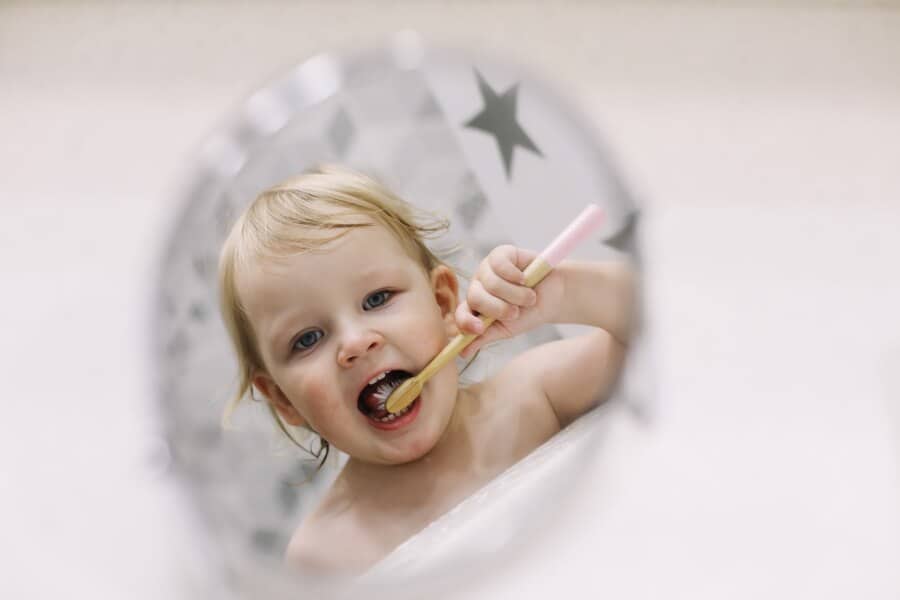Orthopedics
Orthopedics
International Dental Center - Smile Care
Removable prostheses
Removable prostheses This is a structure that is used to fill missing teeth, when the missing teeth vary from a few teeth to complete toothlessness (adentia). This type of prosthesis is also used if it is impossible to fix a permanent structure.
There are two main groups: fully removable and partially removable prosthesis, the construction is selected depending on the condition of the patient's mouth.
The total removable prosthesis is used during complete adentia (toothless jaw). Such models are made of acrylic and nylon. They have a high level of aesthetics.
A semi-removable prosthesis is used when the defect is from one to several teeth.
Acrylic (plastic) prostheses:
Unlike other materials, acrylic is the hardest and roughest. It can keep its shape for a long time, which is one of its big pluses. Also, acrylic prostheses are the most budget-friendly.
Cons include:
• Presence of painful foci within the prosthetic field
• Manifestation of an allergic reaction
• Sensation of vomiting
• Temporary violation of diction
• Necessity of removing the prosthesis, cleaning it
The disadvantages are not so few, but we can justify almost all of them with the obtained result.
Nylon prosthesis:
• Hypoallergenic
• Soft, without metal parts
• Providing strong fixation
• Comfortable to fit
• Light
It is an ideal option for those who have an allergy to metal or acrylic, as well as patients adapt very easily to its running cost. It does not irritate the gums, which is a huge plus. As for the negative sides, nylon prosthesis is characterized by a change in color over time.
Bigelli prosthesis:
Bigel prostheses belong to a relatively new type of prosthesis. It consists of a metal arc-shaped base and a part of the prosthesis itself. This type of prosthesis is used for unilateral or bilateral defects where it is impossible to make a bridge.
Main positive aspects:
• It does not have an acrylic shell, like a conventional prosthesis
• Equal distribution of chewing force
• Lack of size
• Aesthetic
• Light
The main and biggest advantage of the bigel-like construction is that it transmits the chewing force equally to both the teeth and the gums, which is why the bone tissue is preserved. Due to its lightness, it is very comfortable for patients to get used to, and it is not perceived as a foreign body in the oral cavity.
How to care for and maintain the original appearance of the prosthesis?
There is a complex approach where different types of care are involved, these are:
• Washing
• Blackening with special solutions
• Cleaning
Washing is necessary after every meal
It is necessary to treat with special solutions every day, especially before going to bed, so that micro-particles of food do not remain on the prosthesis and it is disinfected.
Acrylic prostheses are cleaned with ordinary brushes. And nylon with special soft brushes, so as not to damage the prosthesis. Special gels and pastes are also used for cleaning.
Once in several months, it is necessary to submit the prosthesis to a professional cleaning.
Orthopedics on implants
Dental implants are the most advanced method of restoring missing teeth.
A safe and effective method. Implantation allows us to recover
Missing teeth, without treatment of neighboring teeth. implant
It is an artificial root that is screwed into the jawbone, and on it
A crown, bridge or removable prosthesis is fixed.
Post-implantation orthopedics is successfully performed in our clinic.
In most cases, the implant is made of metal-ceramic or zirconium-ceramic
Crowns and bridges. It can be made in the complete absence of teeth
Both fixed and removable prosthesis on the implant. Removable construction
It relies on 4 or 6 implants and completely restores the dental arch. Prosthesis on implants
It is connected by a locking system and provides reliable fixation.
Metal-ceramic and zirconium-ceramic crowns
One of the methods of restoration of teeth severely damaged by caries is to place an artificial crown on them. Previously, they were made of steel, alloys of various non-noble metals, gold and platinum. But after the appearance of metal-ceramic (metal-porcelain) "iron" teeth became a thing of the past.
Today, the choice of materials for making an artificial crown is quite wide. In this case, we will consider metal-ceramic and zircono-ceramic constructions.
The need to use artificial crowns and bridges arises when the patient has large defects of the crown part of the tooth, the restoration of which is practically impossible with therapeutic treatment, as well as in the case of involved defects.
Metal-ceramic and zircono-ceramic crowns are a "cap" that completely repeats the anatomy of the tooth and is placed on the tooth that is missing. The basis of the construction is a metal frame, in the case of metal-ceramics, and a zirconium dioxide frame when making zirconoceramics. Then the frames are covered from above with porcelain, the color of the tooth tissues. The artificial crown is fixed on the tooth with a special composite or mini-ionomer cement. If the tooth tissues are severely damaged, its integrity is restored with a metal insert or fiberglass rods. Metal-ceramics are also used to make bridge structures, bigel-like prostheses and crowns on implants. The latter is preferable in case of fixation with metal abutments.
Advantages and disadvantages of metal-ceramics.
The advantage of metal-porcelain or metal-ceramic crowns is their durability. Therefore, they are most often fixed on the chewing teeth. We can attribute their aesthetics to negative aspects. In general, metal-ceramic crowns reproduce the anatomy of natural teeth well, but after the appearance of new materials, all-porcelain crowns are preferred to restore anterior teeth. When a combination of aesthetics and strength is necessary in the chewing area, the best choice may be porcelain zirconium dioxide framework.
Metal-ceramic or zirconium-ceramic crowns?
Many patients are worried about the question: what is better - zircono-ceramics or metal-ceramics? In general, both constructions are successfully used in modern dentistry, however, zirconium dioxide, due to its color close to the natural tooth, which does not seep under the ceramic, is close to all-ceramics in terms of aesthetic characteristics, but at the same time, it is as hard as metal-ceramics in mechanical characteristics. It is also possible to make zirconoceramic crowns on vital "living" teeth. The manufacture of zirconia ceramics requires a very small amount of preparation "processing" of healthy tooth tissues, which is very important to extend the life expectancy of the prepared tooth.
